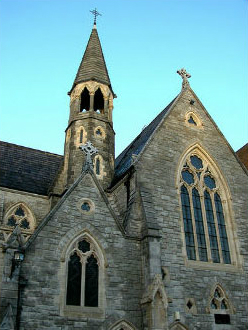
The Unitarian Church
The church was built and opened for public worship on June 1863. Four years later Dublin's other Unitarian congregation at Eustace Street merged with St Stephen's Green to form one church.
The church has a wealth of French, Flemish and English stained glass, also is important to look at the decorative work to the capitals of the main pillars supporting the four internal arches.
Everyone in the St. Stephen's Green church can hear the beautiful sound of the church organ but also the preacher, that is visible for every one emphasizing the importance of the spoken word to the Unitarian congregation.
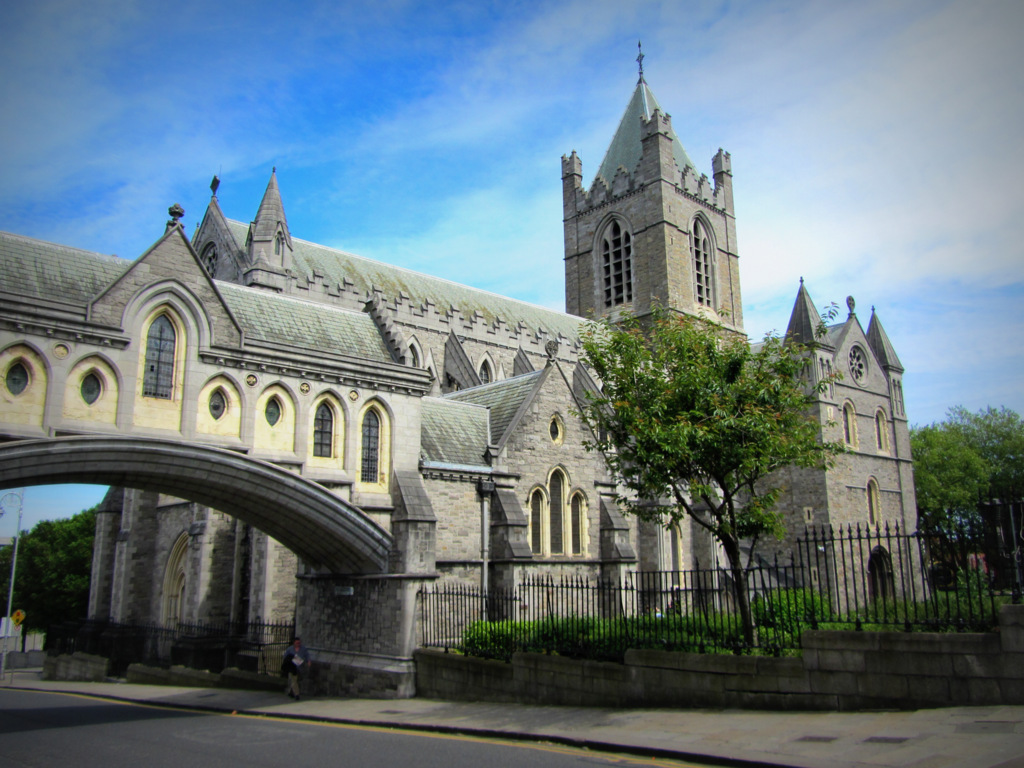
Christ Church Cathedral
Christ Church Cathedral is Dublin's oldest building, a leading visitor attraction and a place of pilgrimage for almost 1,000 years. Renowned for its beauty, architecture and exquisite floor tiles, it is home to the famous 12th Century crypt, one of the oldest and largest in Britain and Ireland. Perfectly located in the heart of Medieval Dublin, it was founded in 1030 by Sitriuc, King of the Dublin Norsemen.
Catholic University Church
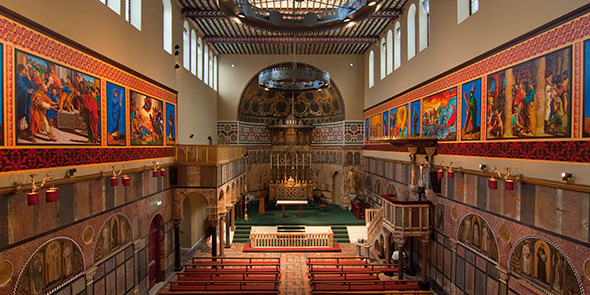 Opened in 1856 was constructed in the gardens beside and behind number 87 St Stephen's Green. This historic and beautiful church has been a distinctive landmark in Dublin's city centre for over 150 years.
Opened in 1856 was constructed in the gardens beside and behind number 87 St Stephen's Green. This historic and beautiful church has been a distinctive landmark in Dublin's city centre for over 150 years.
To access to the church is through a Romanesque porch erected a few years after the church it self. Above the porch is a small belfry.
On leaving the porch on enters the atrium by six descending steps. This contains a number of wall plaques. The atrium leads into a kind of ante-church, which has an overhead gallery supported by arches, beams, marble columns and other slender pillars.
 King John's Castle
King John's Castle
King John's castle is a 13th century castle located on King's Island in Limerick, next to the River Shannon in the heart of medieval city. It was built between 1200 and 1210.
The Castle contains an imaginative historical exhibition which tells the story of the Castle. The Castle offers panoramic views of Limerick City and the surrounding countryside. The sights, scenes and sounds of the Castle and its environs all combine to recreate the atmosphere of the era.
It was built without a keep and had hight curtain walls designed to withstand enemy attacks. The curtain walls ran between a series of towers, which had various defensive uses.
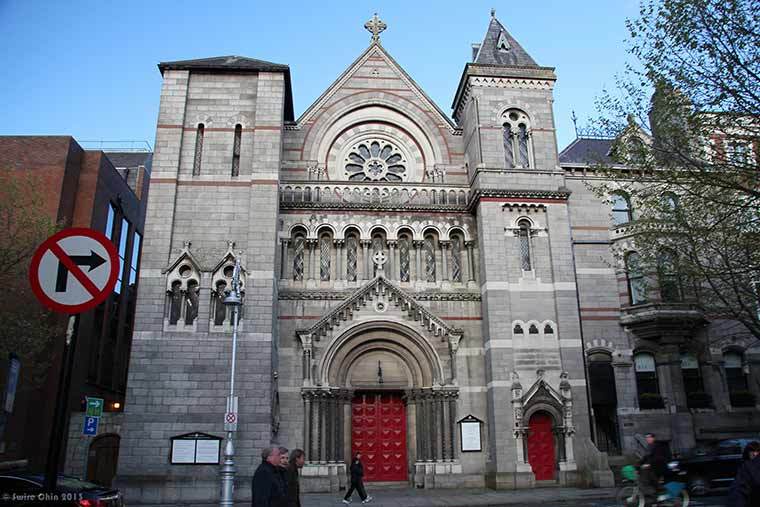
St. Anne's Church
St. Ann's Church was built in the early 18th century following the establishment of the Anglican parish in 1707.
St. Ann's original façade was never completed above the first floor. The façade as it exists in the 21st century lacks some elements of Deane's original conception, most significantly the tallest tower. The Georgian interior is noted for its wood carving. Also the Corinthian pilaster capitals with twin acanthus scrolls are must to take a look.
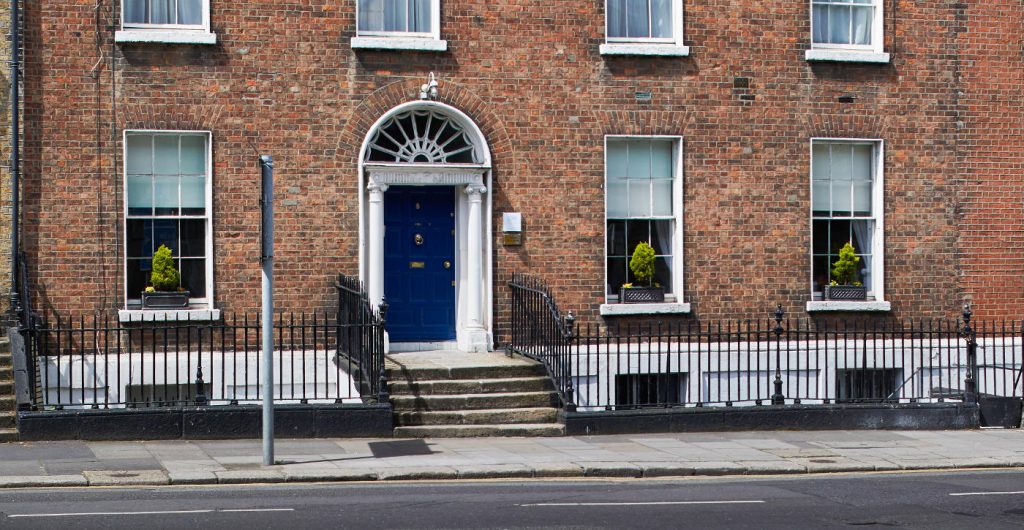 The United Arts Club
The United Arts Club
Located at 3 Upper Fitzwilliam Street, Dublin 2 in the heart of Georgian Dublin the club was founded in 1907 and is a centre for people interested in the Arts; literature, music, painting, drama, film; and good conversation. It is a place to unwind, meet and make friends, encounter acquaintances and enjoy art. The Club, steeped in history, occupies an important place in the artistic and social life of the city. Members include musicians, painters, sculptors, movie-makers, playwrights and poets, novelists and journalists, architects and designers all with a keen interest in the Arts.
